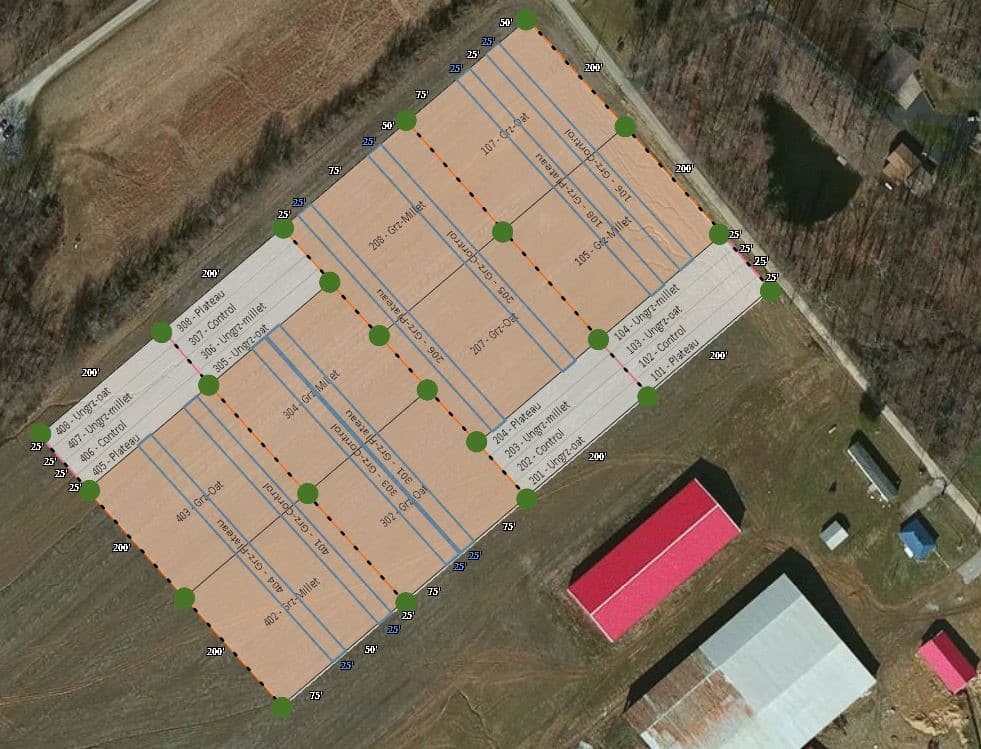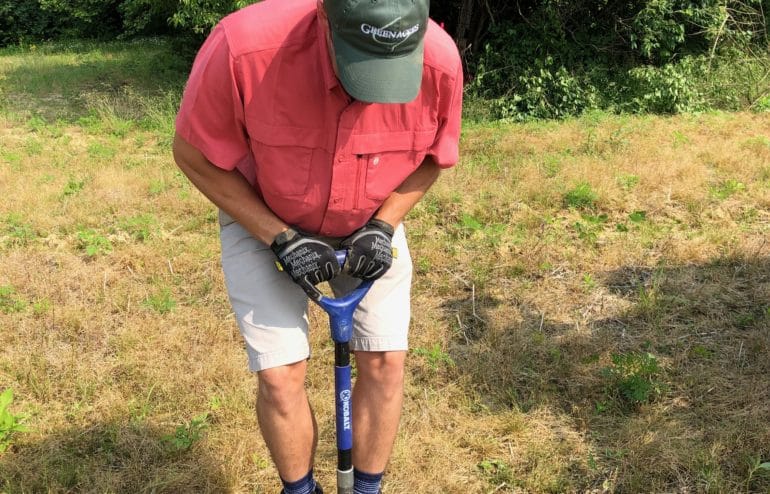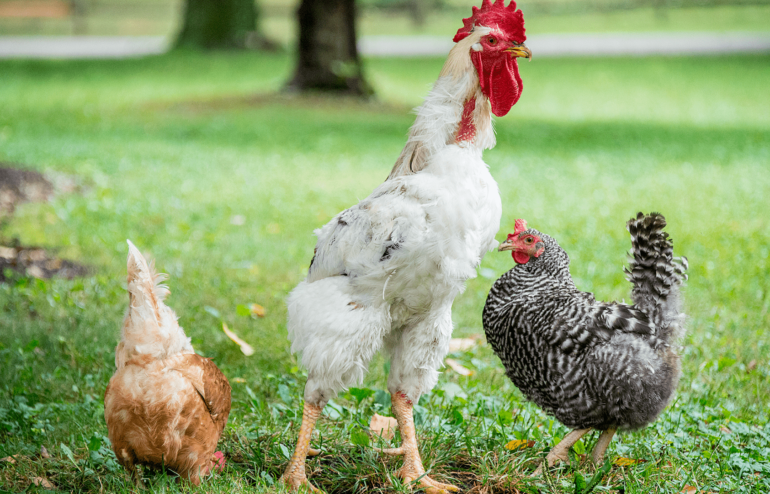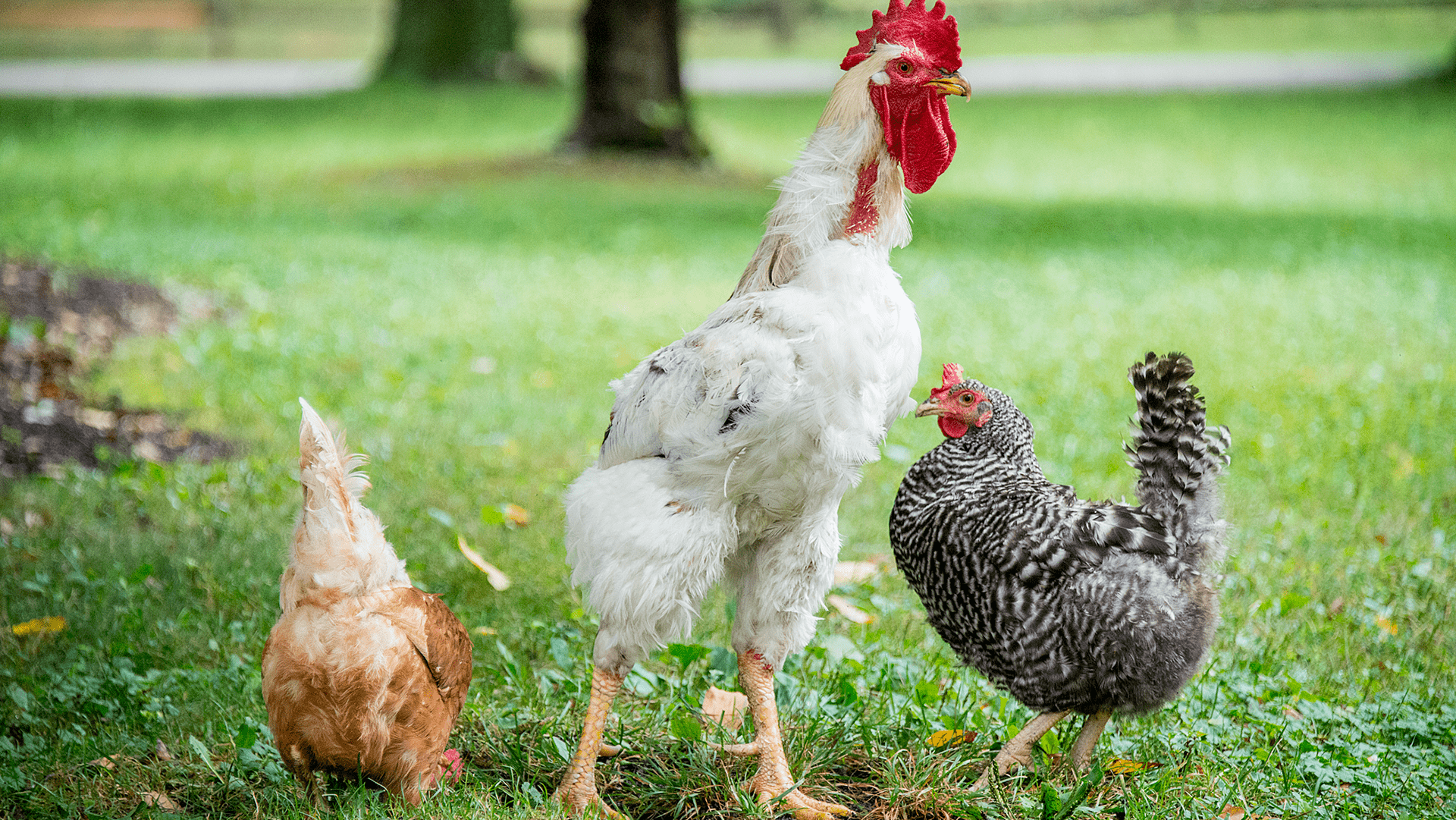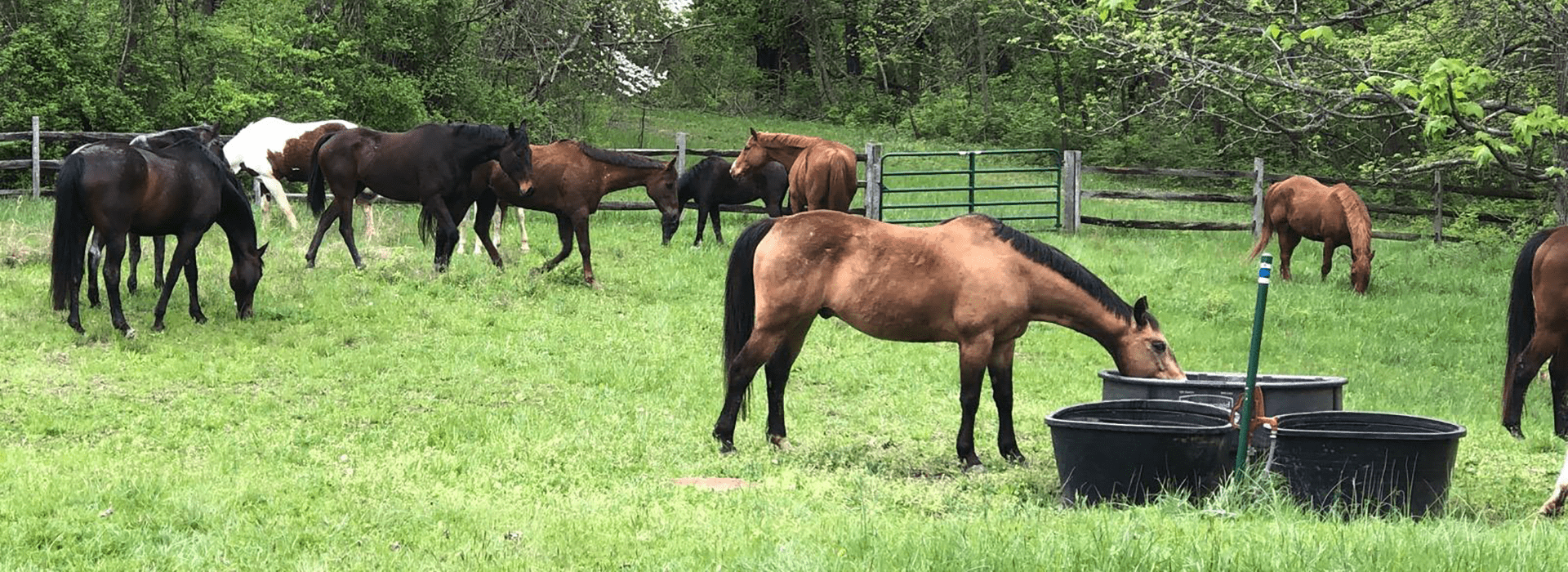
Lots of Plots
Dr. Pat Keyser from University of Tennessee made his second trip to Greenacres last week. The purpose for this visit was to start laying out the research plots on the 10-acres that we set aside in Lewis Township, for the purpose of our research collaboration. The study has 8 treatment levels with 4 replicates for a total of 32 different plots – all randomized. In other words, it’s a fairly complex plot design to lay out across 10 acres (see picture).
To speed up the process, Jennifer and I decided to get a head start on laying out the plots while we were waiting for Dr. Keyser to arrive. This was the first field study for either of us at this scale, so for the first several hours it was “one step forward, two steps back”. I was beginning to question my ability to measure long distances. Luckily, Dr. Keyser showed up in the nick of time, before we really dug ourselves in a whole – plot set up is old hat for him!
With the sun setting a little earlier these days we were able to get the corners of each plot measured off and marked (the green circles in the photo). We will return later this week and get the rest of the plots flagged off. After the plots are laid out we just wait until spring so we can start the planting process, starting with oats.
–Chad B.


